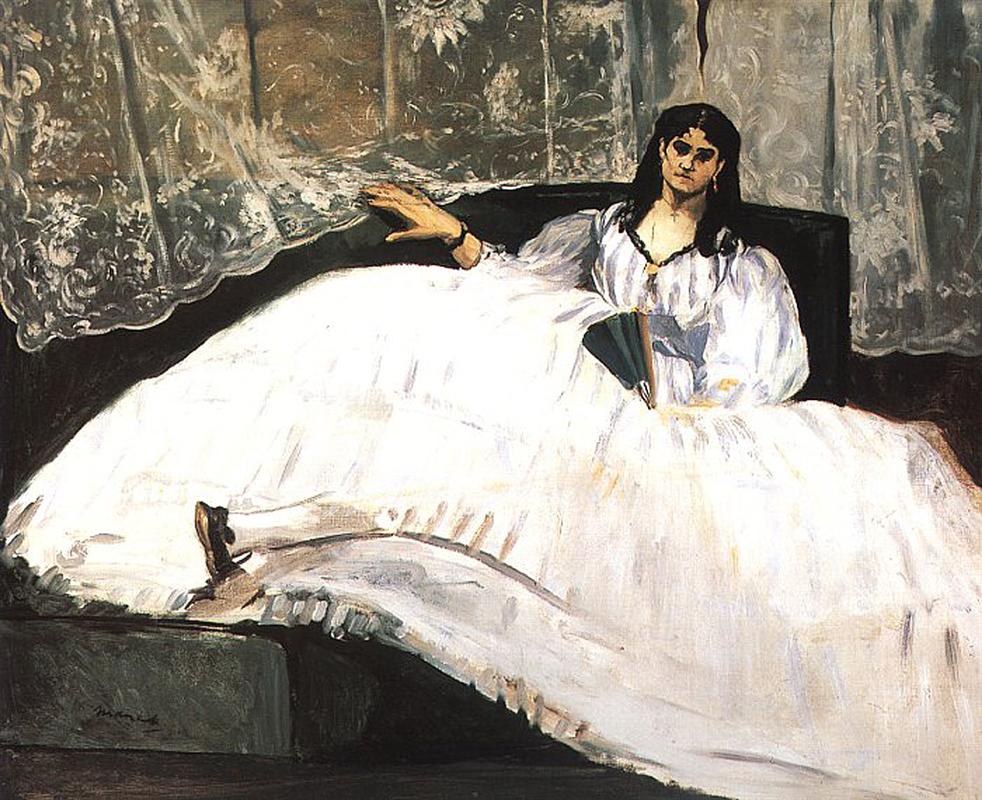Museo Thyssen-Bornemisza
18 February to 28 May 2017
Opening in February 2017 at the Museo Thyssen-Bornemisza is Masterpieces from Budapest. From the Renaissance to the Avant-gardes, an exhibition which, for the first time in Spain, presents an important selection of paintings, drawings and sculptures from the collections of the Museum of Fine Arts in Budapest and the National Gallery of Hungary.
In total the exhibition features 90 works from the 15th to the 19th centuries representing artistic schools such as the Italian, German, Flemish and Spanish and including great names from the history of art such as Dürer, Leonardo da Vinci, Rubens, Velázquez, Tiepolo, Cézanne and Manet, in addition to interesting works by Hungarian artists, together offering visitors a comprehensive idea of the collections housed in these institutions.
Curated by Guillermo Solana, artistic director of the Museo Thyssen, and Mar Borobia, head of its Department of Old Master Painting, the exhibition is organised in collaboration with the Museum of Fine Arts, which is closed for renovation until March 2018, and the National Gallery of Hungary, where part of the Museum of Fine Arts’s collection is temporarily exhibited. To be accompanied by a range of activities, this will be the first event in the Museo Thyssen’s exhibition programme for 2017, the year that marks the 25th anniversary of its opening to the public.
Masterpieces from Budapest. From the Renaissance to the Avant-gardes is divided into seven sections:
In total the exhibition features 90 works from the 15th to the 19th centuries representing artistic schools such as the Italian, German, Flemish and Spanish and including great names from the history of art such as Dürer, Leonardo da Vinci, Rubens, Velázquez, Tiepolo, Cézanne and Manet, in addition to interesting works by Hungarian artists, together offering visitors a comprehensive idea of the collections housed in these institutions.
Curated by Guillermo Solana, artistic director of the Museo Thyssen, and Mar Borobia, head of its Department of Old Master Painting, the exhibition is organised in collaboration with the Museum of Fine Arts, which is closed for renovation until March 2018, and the National Gallery of Hungary, where part of the Museum of Fine Arts’s collection is temporarily exhibited. To be accompanied by a range of activities, this will be the first event in the Museo Thyssen’s exhibition programme for 2017, the year that marks the 25th anniversary of its opening to the public.
Masterpieces from Budapest. From the Renaissance to the Avant-gardes is divided into seven sections:
- The Renaissance in the North, which will focus on 16th-century German painting through the work of artists such as Albrecht Dürer, Lucas Cranach the Elder and Hans Baldung Grien
- The Renaissance in the South, with works by Leonardo da Vinci, Lotto, Raphael and Bronzino;
- The Baroque in Flanders and Holland, a room that includes works by Peter Paul Rubens and Anthony van Dyck;
- The Baroque in Italy and Spain, with canvases by Annibale Carracci, Alonso Cano and Velázquez;
- The 18th century in Europe, with an excellent representation of the Venetian school led bySebastiano Ricci and Giambattista Tiepolo, magnificent works by Central European artists who are little known in Spain, including an exceptional group of sculptures by Franz Xavier Messerschmid
- a monographic room devoted to The New Image of Women, with works by artists from Manet to Kokoschka; and
- The Modern Age; from Pissarro to Bortnyik, which will present international art from the 19th century to World War I.
The holdings of Museum of Fine Arts in Budapest are the result of the amalgamation of various old collections, principally that of the Estherhazys, which was acquired by the Hungarian State in 1870 and was soon expanded with others such as those of the lawyer Miklós Jankovich and Archbishop Lászlo Pyrker, in addition to acquisitions and private donations, in all totalling more than 100,000 works today. In addition to the collection of Old Master paintings, which is the most outstanding, the museum houses extremely important examples of works on paper, sculptures, classical Greek and Roman art, ancient Egyptian art and modern works.
Lucas Cranach, the Elder. Salome with the Head of Saint John the Baptist, ca. 1526-1530. Museum of Fine Arts, Budapest
Édouard Manet. Lady with a Fan, 1862. Museum of Fine Arts, Budapest
József Rippl-Rónai. Woman in a White-dotted Dress, 1889. Hungarian National Gallery.


Comments
Post a Comment